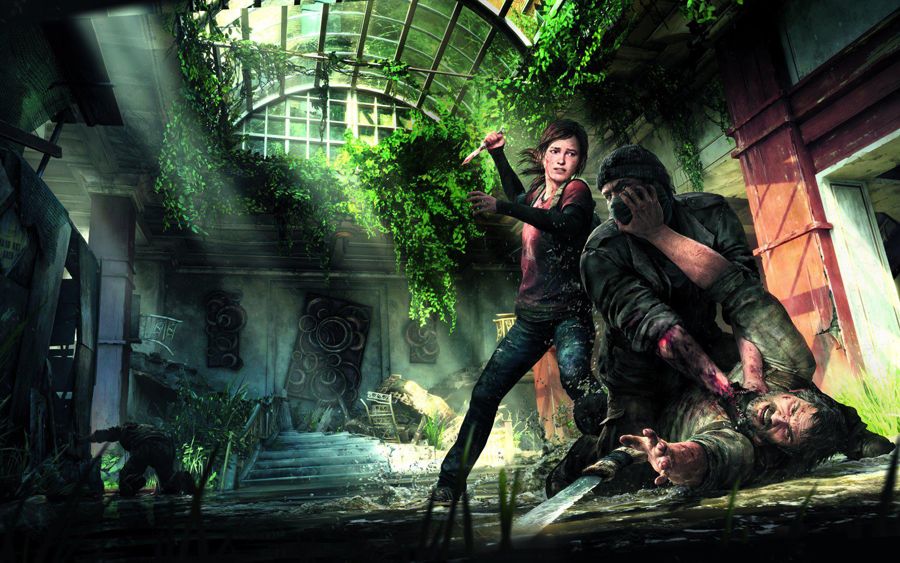Jigsaw Puzzles for Young and Old
Jigsaw puzzles consist of different shaped individual pieces intended to be assembled in a certain way in order to form a picture when completed. The most common types of puzzles are of the flat variety. These puzzles come in various shapes and number of pieces and can be quite simple to assemble in a matter of a couple of minutes or can contain thousands of pieces requiring several days to assemble. The pictures these puzzles generate when complete are normally of famous buildings, historic landmarks and pretty or majestic landscapes. Many jigsaw puzzles are designed with the intent to educate children.
The earliest known jigsaw puzzles were introduced in the late 1700s by a British mapmaker named John Spilbury. As the puzzles developed and increased in popularity they found their way into the United States becoming quite common during the 1930s as people desired simple pleasures to ease their minds during the years of the Great Depression. Some of the more luxurious jigsaw puzzles were printed on cut wooden backed pieces. While these were extremely nice puzzles, the vast majority were printed, as they still are today, on cardboard. It was not uncommon during the early days of jigsaw puzzles to find local libraries that allowed borrowing of puzzles much like they do with books.
The majority of cardboard backed puzzles sold today are targeted toward small children. Childrens jigsaw puzzles are commonly made with larger and fewer pictures and generally are designed around favorite cartoon characters or lessons teaching letters, number or some other educational material. The larger pieces not only make in easier for small hands to manipulate, but also serve to make it more difficult for small children to successfully snack on their jigsaw puzzles.
As the electronic age evolved, many different types of puzzles and games made the transition from cardboard and paper to the blips and beeps of electronic circuit boards. As this occurred, many puzzle makers, in order to try to hold on to at least a small share of the puzzle market, began to develop more intricately designed puzzles in order to grasp the attention of the more sophisticated user. Nowadays, thanks to these developments, the older children and adults are able to frustrate themselves on more complicated electronic games as well as even with elaborate 3 dimensional puzzles. As jigsaw puzzles continue to evolve, it should be quite interesting to see how much more elaborate they become as they make their way onto the new mediums that the not to distance future are sure to bring.






 Kingdom Hearts 3D Traverse Town Link Portal Guide
Kingdom Hearts 3D Traverse Town Link Portal Guide Dark Souls 2: Has From Software sold out?
Dark Souls 2: Has From Software sold out? Metal Gear Solid 5: The Phantom Pain Episode 1 – Phantom Limbs
Metal Gear Solid 5: The Phantom Pain Episode 1 – Phantom Limbs The Last Of Us Artifacts Locations Guide
The Last Of Us Artifacts Locations Guide Last Of Us Guide - Firefly Pendant Location Guide
Last Of Us Guide - Firefly Pendant Location Guide